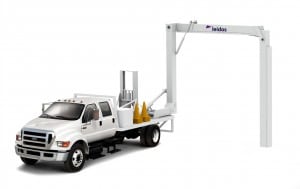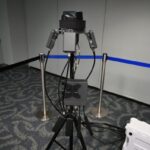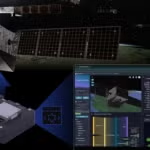
Congress has approved a fiscal year 2022 spending bill that on the whole shows solid backing for border security technology, particularly for imaging equipment to scan trucks and cars entering the U.S. Funding for non-intrusive inspection (NII) systems used by Customs and Border Protection at ports of entry to scan vehicles and cargo for illegal items is $100 million, more than double FY ’21 funding and significantly more than requested by the Biden administration for FY ’22. The administration last…

 By
By 











